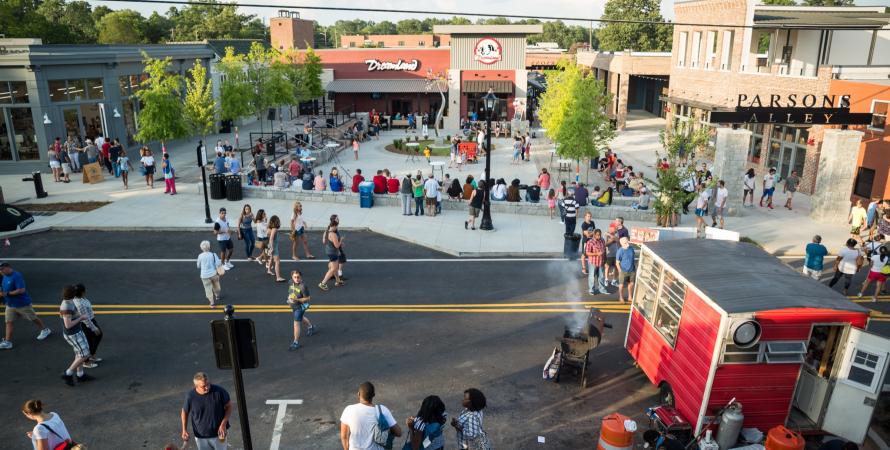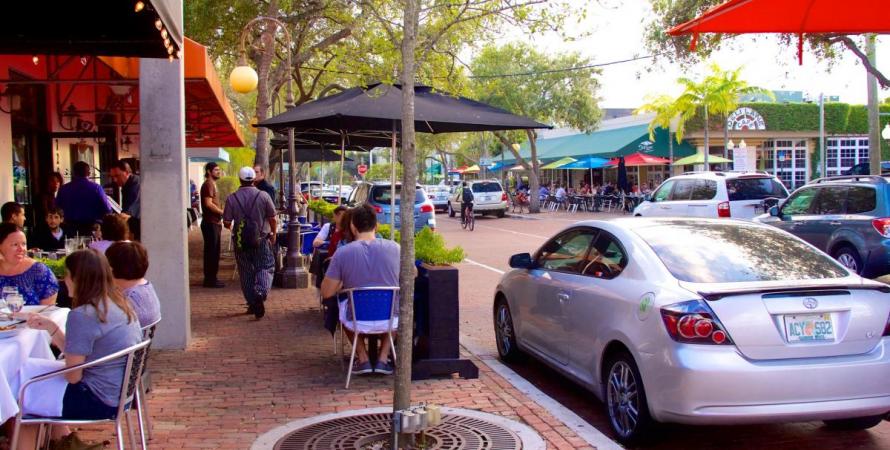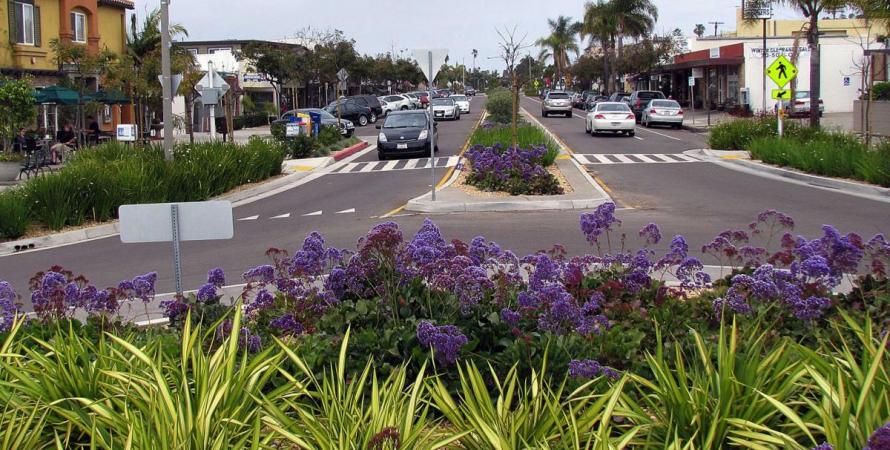-

How architecture can enhance a neighborhood
The timeless and artful Plaza La Reina, a new hotel in a transit-oriented Los Angeles neighborhood, shows the impact of a building on a city.With its wide steps opening onto the street corner like a gift to the neighborhood, Plaza La Reina looks like it should have been part of Westwood Village from the beginning. Los Angeles Mayor Eric Garcetti referred to the Moule & Polyzoides designed hotel as an “architectural jewel in Westwood...Read more -

A suburban town revitalizes incrementally
Parsons Alley activates abandoned properties, creates a popular and lively new public place, and attracts businesses that appeal to young professionals.As downtowns and urban neighborhoods thrive across America, leaders and citizens outside city centers have begun to ask, “How do we reinvent the suburbs?” Moreover, how can this be done in an incremental way that doesn’t require a large transformative project? Major projects are hard to come by and...Read more -

Redesigned street leads to better suburb
South Miami, Florida, has completely transformed since 2000—largely following the context-sensitive transformation of its main street.Note: This case study was written for the Institute for Transportation Engineers new book Implementing Context Sensitive Design on Multimodal Corridors , funded by the Federal Highway Administration. The heart of South Miami—an early suburb built from the 1930s to the 1960s—had a car-oriented...Read more -

Five scenarios that make street transformation possible
Why street design has not kept pace with automotive safety improvements, and what you can do about it.On my recent holiday travels, I pondered the tremendous improvements in motor vehicle safety in my lifetime. We didn't have shoulder straps, air bags, anti-lock brakes, front and rear crumple zones, and other now-standard life-saving features when I first rode in cars. Seat belts were strictly...Read more